Building circularity tool
Measure circularity in construction
For AEC teams to optimize for circularity in construction, streamline circular material selection, design for disassembly, and end-of-life adaptability.
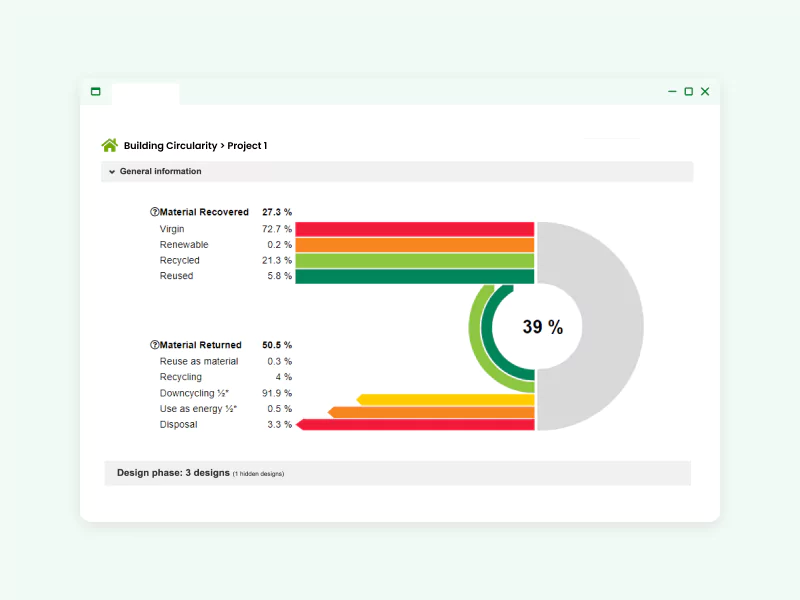
benefits
Streamline material choice, design for disassembly, adaptability, & more
Select circular materials, choose designs that support disassembly and adaptability, and easily compare circularity across different design options.
Material source selection
- Facilitates the use of recycled, renewable, or reused resources over virgin materials.
- Allows easy specification of materials' sources based on their recycled, renewable, or reused content.
- Tracks material circularity without affecting LCA results.
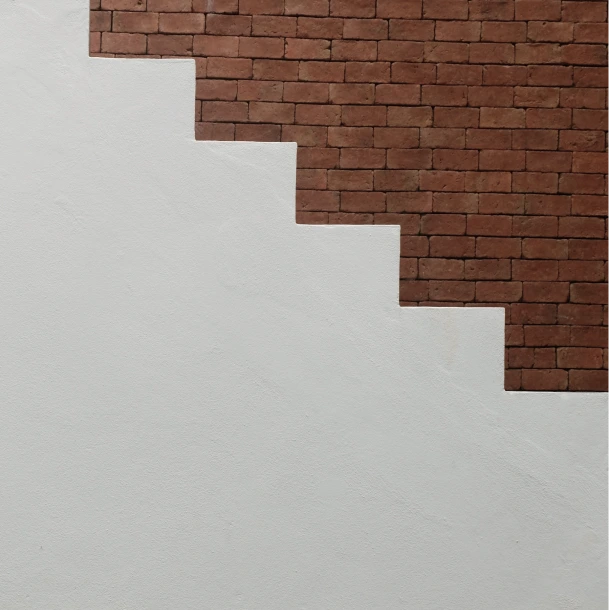
Designing out waste
- Enables selection of various end-of-life processes tailored to material types.
- Encourages design for disassembly, such as using dismountable fasteners over permanent adhesives.
- Promotes adaptability in material usage for future building modifications.
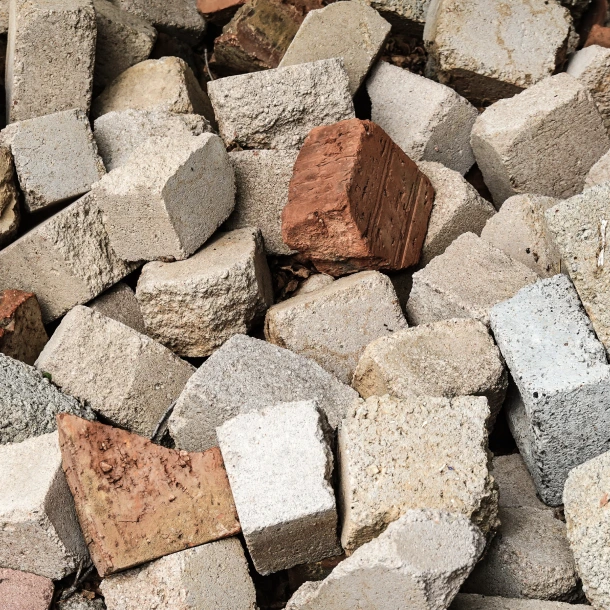
Circularity measurement
- Offers a building circularity score to quantify material circularity in designs.
- Allows comparison of different design scenarios to identify the most circular approach.
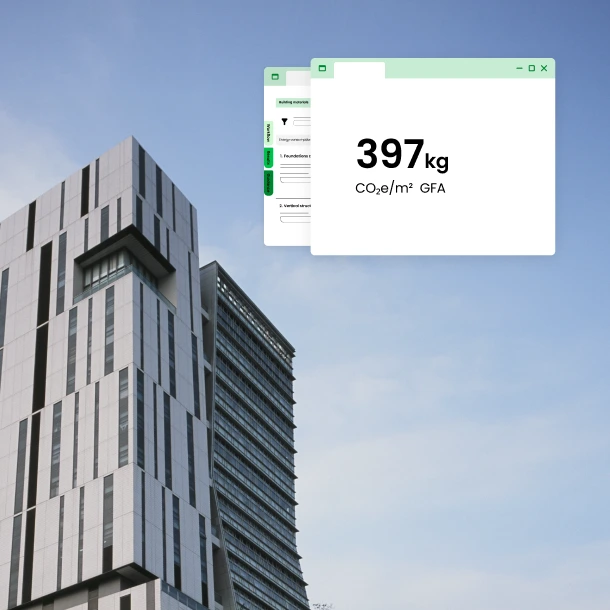
certifications
Comply with global standards & certifications
Achieve BREEAM credits, meet HQE criteria, and submit a Circular Economy Statement for the London Plan using building circularity tool.
Earn BREEAM credits
BREEAM has number of credits in this area such as:
- Mat 03 Responsible sourcing of construction products.
- Mat 05 Designing for durability and resilience.
- Mat 06 Material Efficiency – set targets and report on opportunities and methods to optimize the use of materials.
- Wst 01 Construction waste management - Pre-demolition audit & RMP.
HQE
Circularity assessments help you comply with the requirements of HQE Economie Circulaire.
London Plan
The London Plan Policy SI 7: Reducing Waste and supporting the Circular Economy. This policy sets out the need for circular economy principles to be applied and, to reach net zero-waste goals, requires a Circular Economy Statement to be submitted.
More circular design, less whole life carbon
See the direct impacts of your circular designs on a building’s life cycle carbon. BREEAM NOR and SE, DGNB DK, and various local regulations emphasize circularity mapping, primarily targeting waste reduction, design for disassembly, and adaptability. Several local frameworks specifically concentrate on renovation and reuse to showcase a project's commitment to circularity.
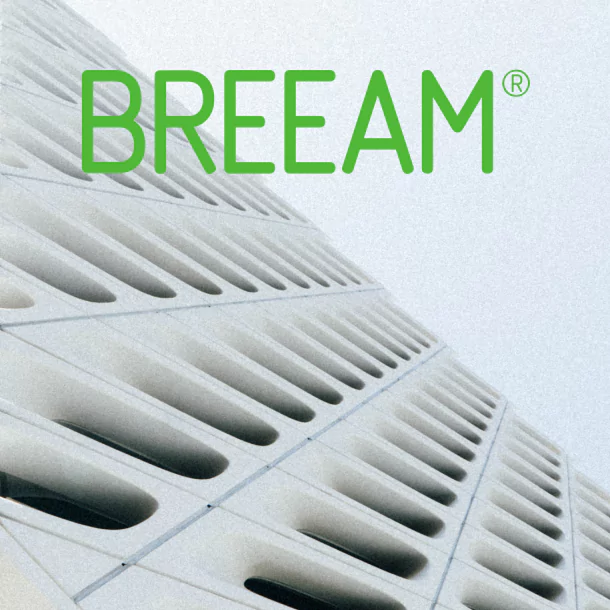




Measure your project's circularity now
Talk to our experts and see the Building Circularity Tool in action.